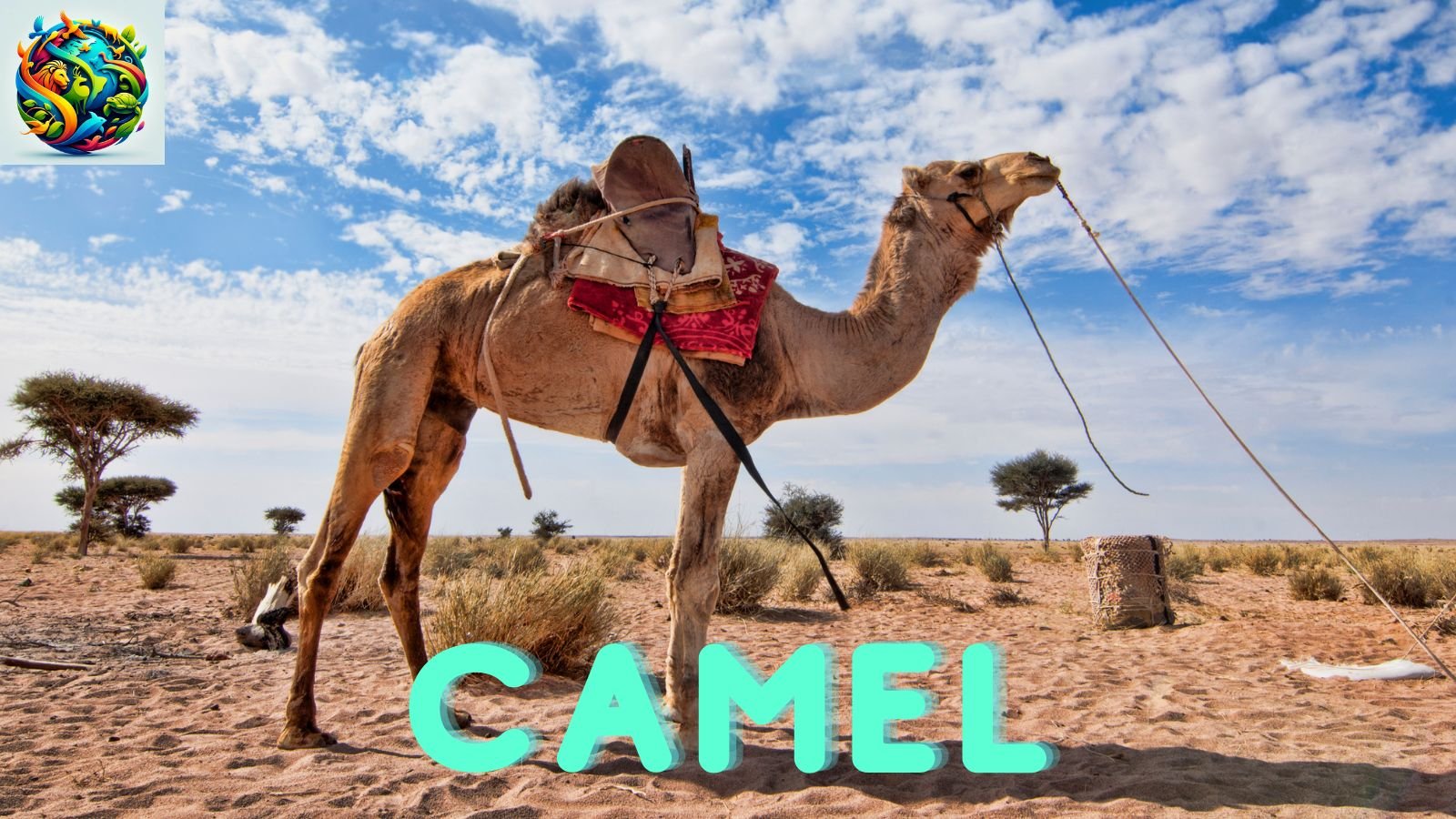Camel: Unique Ship of the Desert
Introduction:
They often referred to as the’ships of the desert’, and their bodies have developed to adapt to extreme weather in the desert. They have served as aides to man for thousands of years, bestowing food, becoming cultural icons, and aiding in transportation. Their scientific classification is under the family Camelidae. They are well known for their ability to endure extreme conditions.
Amazing Facts:
- Water Conservation: They can consume over forty gallons of water at once and then store it for later.
- Humps for Fat: Unlike the famous saying, their humps originate from their ability to store fat.
- Long Journeys: Without water, they are able to journey for two weeks endlessly and cover over 100 miles.
- Desert Adaptations: Thick Replaceable eyelashes and curtains in their nostrils save them from sand.
- Temperature Tolerance: They can withstand temperature ranges from below freezing to a level over 120 degrees Fahrenheit.
- Milk and Meat: Their milk is rich in nutrients and regarded as a superfood in many cultures.
- Ancient Domestication: Domesticated around 3000 B.C. They have been instrumental in every important human achievement.
- Communication: They are able to produce a variety of sounds, from moaning to grunts.
- Running Speed: They can reach speeding rates of 40 mph in thrashes.
- Longevity: They can live for 40 to 50 years in ideal conditions.
Habitat and Food:
Habitat:
They are usually spotted in dry and semi-dry climates like:
- Deserts: For instance, the Sahara, Gobi, and Arabian Deserts.
- Grasslands: Areas with minimal flora.
- Mountainous regions: located in some areas of Central Asia.
Diet:
They are herbivores and food consumers who are specially made for their surroundings.
- Plants and Vegetables: Intaking thorny plants, called dry vegetation, which they can devour because of their sturdy mouths.
- Grass and Shrubs: Their primary diet.
- Water: They do not drink water regularly, but when they do, it is in copious amounts.
Appearance:
- Weight range: 800-1500 pounds. An adult camel is approximately 6-7 feet tall at the hump.
- Humps: One (dromedary) or two (bactrian) used for storing fat.
- Coat: Ranging in colour from light brown to dark brown. Their fur doesn’t shed.
- Legs: Long and strong legs with padded feet are suited for walking on sand.
- Hairs: Equipped with long eyelashes and hair to block sand.
- Mouth: Their mouth is tough and leathery, enabling them to chew thorny plants.
Types/Subspecies of Camels:
Found in North Africa, the Middle East, and South Asia.
- Dromedary (Camelus dromedarius):
- Bactrian Camel (Camelus bactrianus):
Central Asia native.
- Wild Bactrian Camel (Camelus ferus):
- Critically endangered. Two humps are a distinguishing trait.
- Located in the northern regions of Mongolia and China.
Predators and Threats:
Natural Predators:
- Wolves have been known to eat baby camels.
- Lions and other large cats target them, but it is not common.
Threats:
- Urbanisation: Overpopulation is playing a detrimental factor in locating where these animals live.
- Global Warming: Making it harder for them to survive.
- Under Utilisation: Restricting hunting of these animals.
Mating and Reproduction:
- Mating: Mostly takes place in the fall.
- Males attract mates by performing elaborate rituals that include singing and drum beating. In whales, it involves inflating the dulaa, or mouth-facing pink air sac.
- Birth: Calves are born after 13/15 months of gestation.
- Twins: Usually, a single calf is born, but twins are born sometimes as well.
- Maturity: The calves are weaned between the ages of 1 and 2. They reach sexual maturity between the ages of 5 and 7 years.
How do they communicate?
Vocalisation:
- Grunts and Moans: To demonstrate dissatisfaction or anger.
- Bellowing: a common sound in mating season.
- Growl: When faced with a competitor while seeking to mate, the dominant male will rest with his head raised and emit growls.
Body Language:
- Head Motion: Heads can both be raised to aid with vigilance.
- Tell Signs: When they are excited, they will raise their tails.
Facial:
- During mating season, males send out chemicals that attract females.
Movies featuring Camels:
- Lawrence of Arabia (1962): The viewers in the theatre experience their use in the transport sector of the desert region.
- The Story of the Weeping Camel (2003): It is a singular documentary that captures the Weeping Camel, a specific breed of camel that resided in Mongolia.
- Mongol (2007): Integrates the history of camels with other regions and periods.
How would you pronounce it?
- English: Camel
- French: Chameau
- Spanish: Camello
- German: Kamel
- Hindi: ओंट (ओंट)
- Japanese: ラクダ (らくだ)
- Chinese: 驴驰 (Luòtuo)
- Arabic: جمل (Jamal)
FAQs:
Q: What advantage do the humps provide for them?
A: As mentioned before, they can carry fat in their humps, which comes in handy in times of food and water scarcity.
Q: How do they manage to survive in the extreme conditions of a desert?
A: Different varieties of camels can live without water for around 10 days in different climates.
Q: Are they going extinct?
A: Wild Bactrian camels are facing an extinction crisis, but domesticated ones are not considered endangered.




